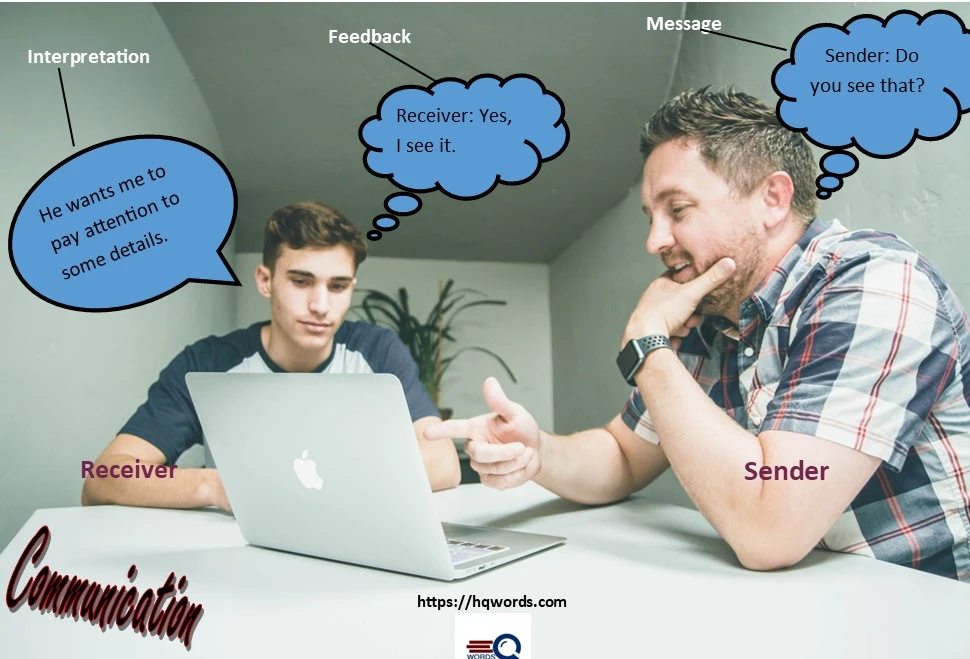
What is Communication?
Communication is a word we hear everyday. The question now is – what is communication? How do you explain this term? Read on to find out more.
June 13, 2021
What is communication?
Communication is the act of transferring information from one person to another or from one place to another. This means that for every piece of information transferred, there is at least a sender and a receiver. It is, therefore, appropriate to say that communication involves at least two people – one who sends the information and one who receives the information.
The word – communication comes from the Latin word communicare. This root word means to share or to make common (Weekley, 1967). The meaning of the root word supports the idea that communication involves two (2) or more people. Therefore, it is a necessary ingredient in relationships.
According to Pearson & Nelson, 2000, communication is the process of understanding and sharing meaning. Going by this definition, the sender of a piece of information has something to pass across and the receiver has to accept the information sent. However, the process of is incomplete until the receiver interprets the information received. The receiver’s interpretation of the message gives meaning to the information received.
For information to be transmitted effectively, there must be a medium of communication. The common systems used involve speech, signs, symbols, writing and graphical representations, and behaviour.
I can therefore define communication in the following ways –
– a process of exchanging information using verbal and non-verbal means.
– An expression. It may come in the form of spoken words, written words, charts, figures, and symbols, signs, and/or behaviour.

Components of communication
There are three main components of communication identified in the definition –
- Sender
- Receiver
- Information
The sender is the person the information originates from. As the source, he encodes the message and transmits it through a medium to the receiver. The receiver receives the message and decodes it.
You may have more than one receiver for a given piece of information and this brings in some complexity. For instance, two people may interpret the same message differently.
Communication goes both ways. When the receiver responds to a piece of information, he is acting as the sender. The person that sent him the initial information or whoever he will be passing the information to becomes the receiver.
Read Also:
How to Write a Thesis Statement

Communication is a process
We have established that communication is between at least two people and that it involves sending, receiving, and interpreting messages. This requires a process. It requires effort from the participants. Each participant has to play his role effectively. The process is coordinated such that the encoded message is appropriate for the audience that will receive it. Being appropriate implies that they will be a minimal misunderstanding of what is being passed across.
Communication requires understanding
When you understand a piece of information, you interpret it correctly, making the meaning intended by the sender. McLean, 2003 puts it this way – “To understand is to perceive, to interpret, and to relate our perception and interpretation to what we already know.” It is up to the sender to encode the information in a form that the receiver will understand.
Communication requires sharing
When you share, you are working with someone else or with a group of people. Information is shared between the parties involved. The receiver provides feedback as he processes and interprets the information received.
Remember to like, share, and comment on this post. We love to hear from you.
